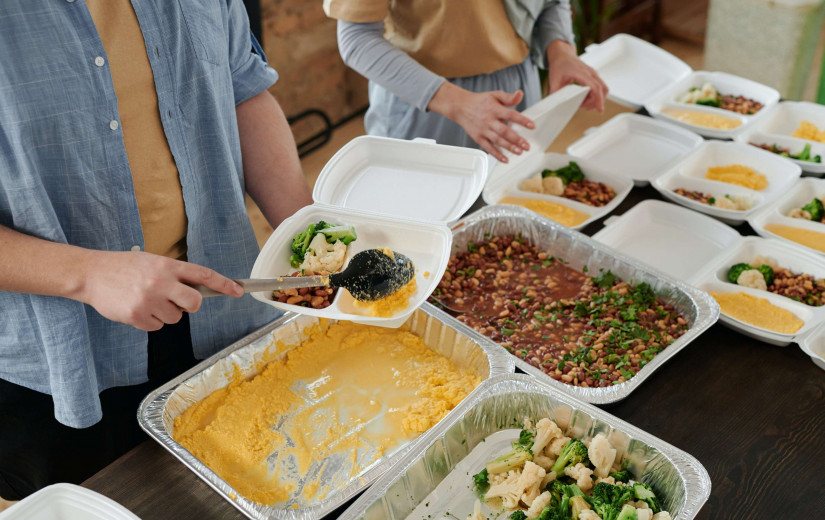Everything You Need to Know about the Child and Adult Food Program (CACFP)
One of the bigger expenses for care centers for children and adults involves providing nutritious meals, but one federal program can help deflect part of that cost. The Child and Adult Care Food Program (CACFP) reimburses care centers for children and adults and even after-school programs that provide snacks.
CACFP has supported care centers since 1986 to ensure they can provide nutritious meals and snacks for those in their care. The program supports services for more than 4.2 million children and 138,000 adults daily.
Who is eligible to participate in CACFP?
CACFP is available to private and non-profit care centers, but the emphasis is placed on centers providing care for those in lower-income brackets. CACFP serves the following types of facilities:
- Child care centers: Private and public non-profit child care centers can participate as well as Head Start programs. For-profit centers must have at least 25 percent of their children enrolled in title XX or eligible to receive free or reduced-price school lunches.
- Daycare homes: Family or group daycare homes must contract with a Householding organization to qualify.
- Emergency shelters: Public or private non-profit emergency shelters qualify if they provide residential and meal services to children or youth experiencing homelessness. Shelters are required to meet any state or local safety codes.
- At-risk after-school programs: Community programs that provide after-school enrichment activities in neighborhoods where at least 50 percent of the children qualify for free or reduced-price school lunches qualify for meals and snacks.
- Adult daycare centers: Public or private non-profit centers that provide structured, comprehensive services to non-residential adults who are 60 or older or functionally impaired qualify. For-profit centers qualify if 25 percent or more of their clients are served by title XIX or title XX programs.
How CACFP works
CACFP provides reimbursements for various meals and snacks provided at care facilities throughout the day. CACFP has set reimbursement rates for breakfast, lunch and supper, and supplements (snacks). Rates are standard for the 48 contiguous states but are higher for Alaska and Hawaii because of the higher cost of living.
CACFP also provides a set monthly reimbursement for administrative expenses involved with operating the facility and providing food service.
Reimbursement rates for all child programs are based on the children’s eligibility for free or reduced-price school lunches. The program does provide reimbursement for children who pay for their school lunches, but at a much lower rate than for children who qualify for free or reduced-price meals.
The Keep Kids Fed Act of 2022 added an additional 10 cents per meal through June 2023 as well as qualified Tier II daycare facilities to be reimbursed at Tier I rates through June 2023.
Reimbursement rates for adult care facilities are based on the average income in the area that the facility serves.
Reimbursement rates are adjusted in July each year to reflect the change in the Consumer Price Index, plus additional adjustments are made for Alaska and Hawaii based on the higher cost to supply meals.
How to apply for CACFP
CACFP is administered through state agencies, so any care centers seeking to apply for reimbursements must contact their state agency. Many states operate the program through their education department, though some use social services or human services agencies. The USDA’s Food and Nutrition Service keeps a complete list of state agencies.
The National CACFP Sponsors Association also provides resources to care centers that would like to participate in the program and can connect care centers to potential sponsoring non-profit agencies that would assist the care centers in applying for reimbursements.
-
Do you require more information regarding food assistance and programs? Take a look at these articles:

















